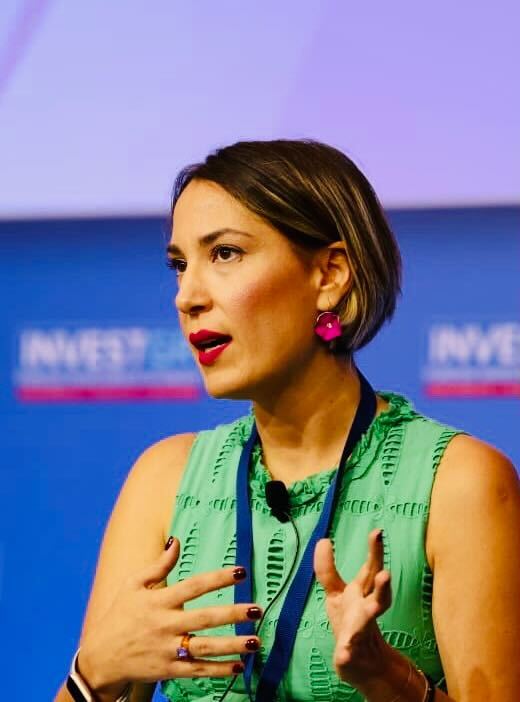
Many times in public interventions or private discussions we are concerned about whether the investments we make or accept as a country are strategically targeted. And while it is absolutely obvious that we are not in a position to choose what kind of investments will be made from abroad, they all seem welcome since we had a huge disinvestment of about 94 billion euros cumulatively from 2010 to 2021, it is not equally obvious why we δον’τ aim as a country in a certain direction.
Let’s say in the field of innovation and technology, where there are so many new technologies such as the Internet of Things, big data analytics, cloud computing, virtual reality , augmented reality, artificial intelligence, 3D printing or Additive Manufacturing, system integration, robotics and cyber security, which could offer solutions to critical problems not only in traditional sectors of the domestic economy but also internationally.
Therefore, hailing originally from northern Evia, where in the summer of 2021 we had the biggest destructive fire in the modern history of the country – until, unfortunately, those of Evros and Rhodes – I searched domestically and internationally if there are innovative methods and advanced technological tools that can be used in the relentless fight against forest fires and effective forest protection.
To my pleasant surprise, I found that there are innovative initiatives in Greece that, by using and exploiting the capabilities of unmanned aerial vehicles (UAVs or drones) as well as advanced artificial intelligence and remote control systems, can detect and fight fires with unrepeatable accuracy and efficiency.
But what is the situation today? We have one drone per operator-person of the fire department, which flies over an area – not at night – and takes an image that it sends to the National Coordination Center for Crisis Management (ESKEDIK) which is located in the Ministry of Climate Crisis and Civil Protection.
In the center they watch on multiple monitors various images gathered by the different operators and inform about the evolution of the fire fronts (propagation). Also, these drones are used to monitor areas and detect possible outbreaks, mainly in Attica.
One does not need to know high technology to realize that this whole sequence of procedures is quite costly in financial and human resources, without excelling in terms of efficiency. Therefore, the question that reasonably arises is how it can be made more automated and more efficient.
The answer consists of two parts. The first is the significant change in the mindset of acquiring and using this new technical medium. We don’t need – just even – a few and expensive drones, but a very large number of relatively cheap units that can be deployed to adequately and coordinately cover large areas.
The second is the development and management of swarm software, which will enable the remote operational use of multiple drones simultaneously, improving their collective combined performance during firefighting operations. Such software is vital for coordinating large numbers of drones during firefighting as mass is a critical success factor due to limitations in the amount of firefighting equipment they can carry.
Today there are drones of mature technology, mainly used in agricultural production, with the ability to transport up to 60 liters of liquid, which could be directed by the individual operator to drop the material on the field. These drones could potentially be used – with appropriate retrofits – to put out fires in their early stages.
And the third is the infrastructure of automation, as automated systems will have to manage critical aspects such as replacing the drones’ batteries, charging them efficiently and resupplying them with firefighting material in a timely manner without any human intervention.
Such an automated infrastructure and a dense network of bases, which ensures that drones can operate close to areas frequently affected by wildfires, is key to both minimizing downtime and the non-operational availability of these during the evolution of fire outbreaks.
In addition, some critical parameters involve integrating drones with advanced sensors, including thermal cameras, to detect fires in the early stages and collect critical data. They will also be able to map the fuel in the area, providing real data for the simulation software.
Thus, in combination with the microclimate of the fire area and the meteorological forecast, it will be possible to predict the patterns of fire spread and the movement of the burning remains of wood, foliage, fruit (acorns, pine cones) which are a critical factor in the spread of fire especially in areas inaccessible to pedestrians and vehicles. Finally, firefighting drones will be able to operate continuously 24 hours a day.
Undoubtedly, drones leveraging modern technologies could be integrated into Greek AI strategy using both European or domestic resources directed to their development, as this is an undertaking that will effectively reshape firefighting strategies as a whole by allowing maximum savings in human and material resources. And it is worth noting that their application does not only concern forest firefighting.
With relatively minor adjustments the drone network could be used to carry out missions in other emergency situations such as the recent floods and other security emergencies.
Thus, despite the technical and regulatory challenges that such an investment may have, the benefits for countries suffering from wildfires, such as Greece, are so significant that they would make it a strategic investment for our country, both in our own battle for dealing with the extreme consequences of climate change as well as internationally providing opportunities for its export exploitation.
Dr. Fay Makandasis is the Research Director of diNAEOsis
Latest News

New Exposé by Domumento Reveals Nefarious Triangular Link of ‘Black Money’ with New Democracy, Blue Skies, & Truth Team
The latest exposé by the Documentonews.gr news site lays bare what appears to be a surreptitious path of indirect financing of ND through the business sector—transactions that, as widely understood, rarely occur without expectations of reciprocal benefit
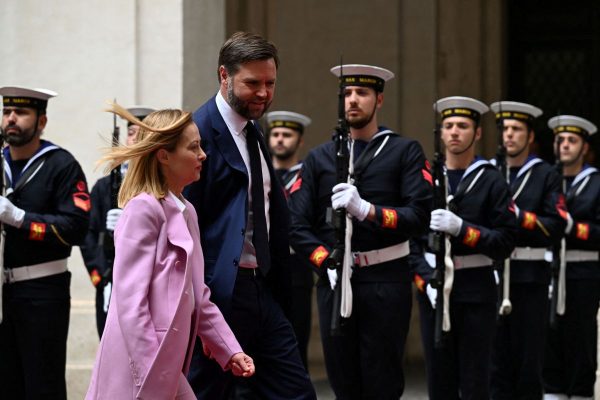
PM Meloni Meets Vice President Vance in Rome Signalling Optimism on Ukraine Talks
Meloni emphasized the strength and strategic value of the Italy-U.S. partnership.

Airbnb: Greece’s Short-Term Rentals Dip in March Amid Easter Shift
Data from analytics firm AirDNA shows that average occupancy for short-term rentals dropped to 45% in March, down from 49% the same month last year.
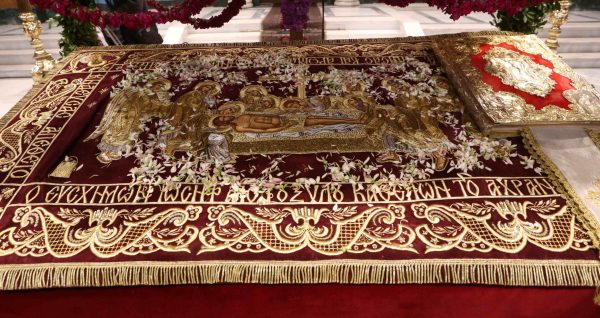
Easter Week in Greece: Holy Friday in Orthodoxy Today
At the Vespers service on Friday evening the image of Christ is removed from the Cross and wrapped in a white cloth
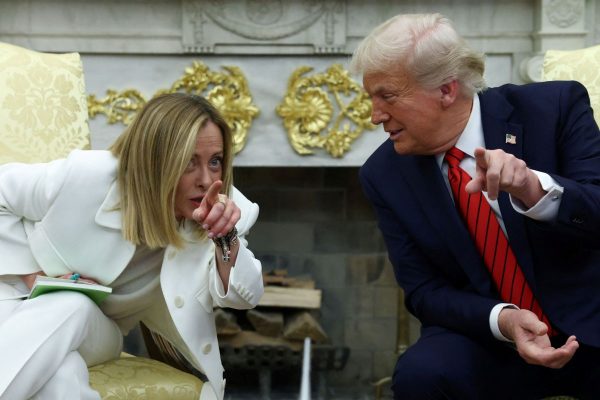
Meloni and Trump Meet in Washington, Vow to Strengthen Western Ties
“I am 100% sure there will be no problems reaching a deal on tariffs with the EU—none whatsoever,” Trump stressed.
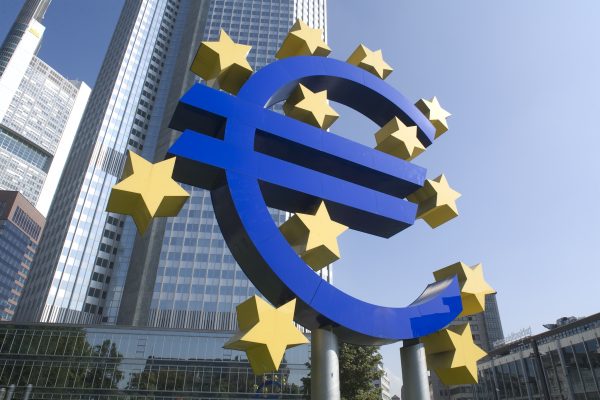
ECB Cuts Interest Rates by 25 Basis Points in Expected Move
The ECB’s Governing Council opted to lower the deposit facility rate—the benchmark for signaling monetary policy direction—citing an updated assessment of inflation prospects, the dynamics of underlying inflation, and the strength of monetary policy transmission.
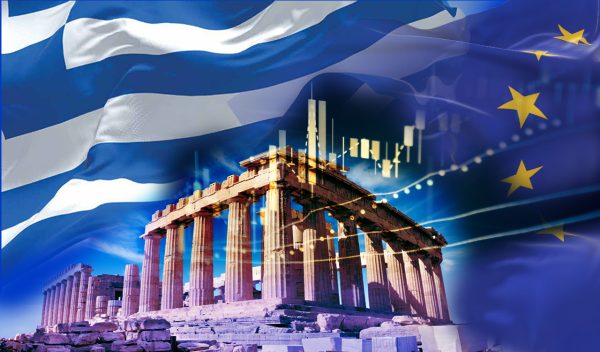
Current Account Deficit Fell by €573.2ml Feb. 2025: BoG
The improvement of Greece’s current account was mainly attributed to a more robust balance of goods and, to a lesser extent, an improved primary income account
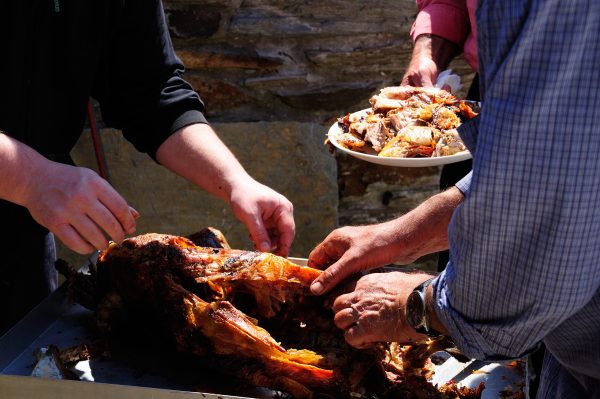
Hellenic Food Authority Issues Food Safety Tips for Easter
Food safety tips on how to make sure your lamb has been properly inspected and your eggs stay fresh.

Greek Kiwifruit Exports Smash 200,000-Ton Mark, Setting New Record
According to data by the Association of Greek Fruit, Vegetable and Juice Exporters, Incofruit Hellas, between September 1, 2024, and April 17, 2025, kiwifruit exports increased by 14.2%.
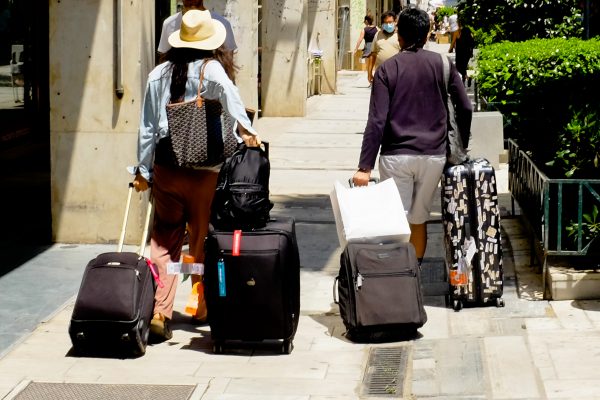
Easter Tourism Boom: Greece Sees 18.3% Surge in Hotel Bookings
Among foreign markets, Israel has emerged as the biggest growth driver, with hotel bookings more than doubling—up 178.5% year-on-year.







![Πλημμύρες: Σημειώθηκαν σε επίπεδα ρεκόρ στην Ευρώπη το 2024 [γράφημα]](https://www.ot.gr/wp-content/uploads/2025/04/FLOOD_HUNGRY-90x90.jpg)





![Airbnb: Πτωτικά κινήθηκε η ζήτηση τον Μάρτιο – Τι δείχνουν τα στοιχεία [γράφημα]](https://www.ot.gr/wp-content/uploads/2024/07/airbnb-gba8e58468_1280-1-90x90.jpg)











![Επιχειρήσεις: Με τι επιτόκιο δανείζονται – Πώς θα ξεκλειδώσει περισσότερη ρευστότητα [γράφημα]](https://www.ot.gr/wp-content/uploads/2025/04/daneia-trapezes-768x432-1-600x338.jpg)


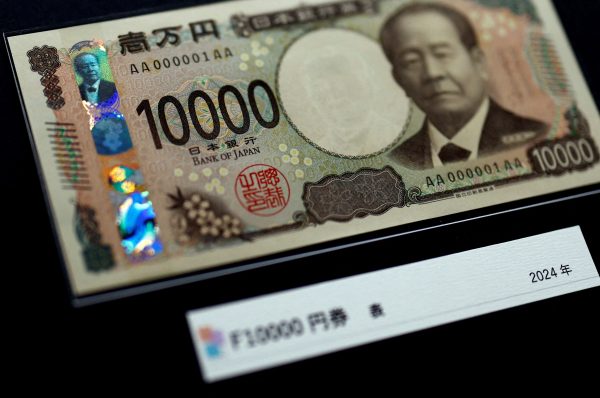
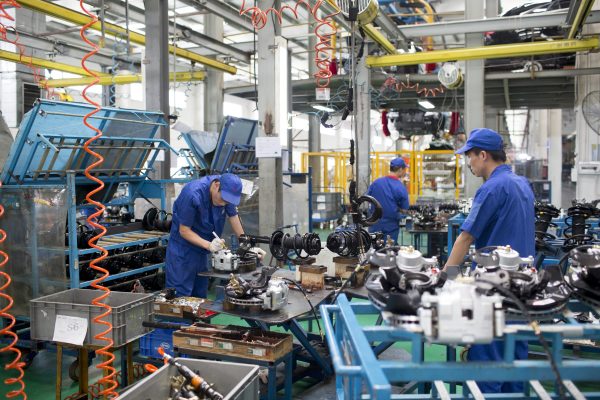

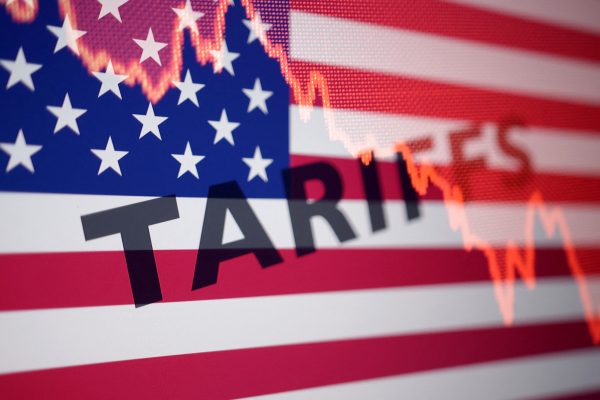
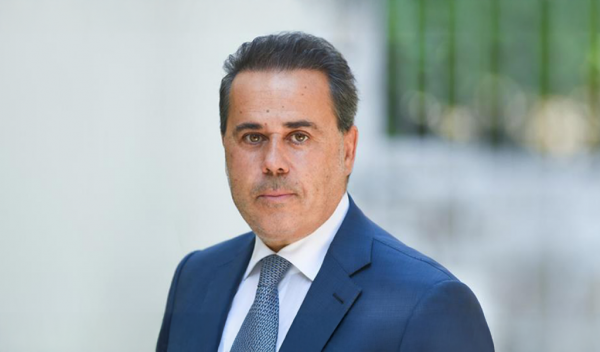
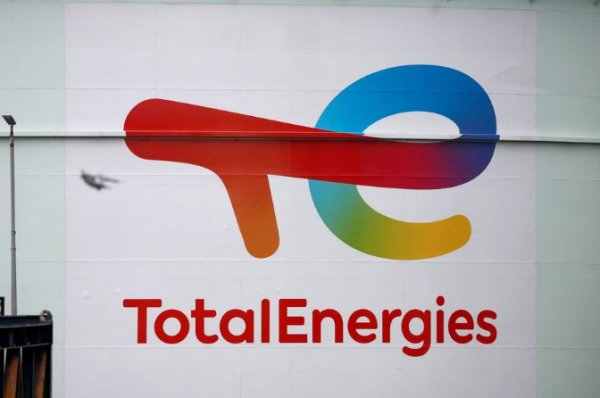
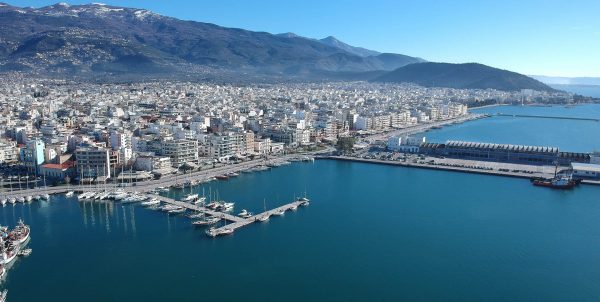

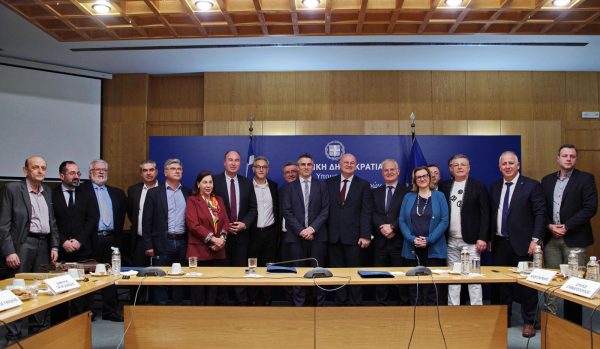



 Αριθμός Πιστοποίησης
Αριθμός Πιστοποίησης